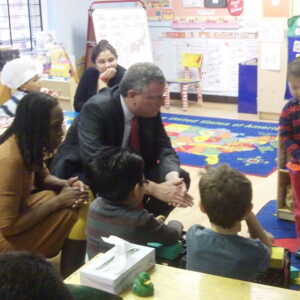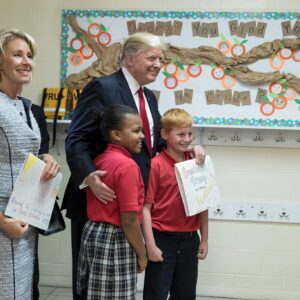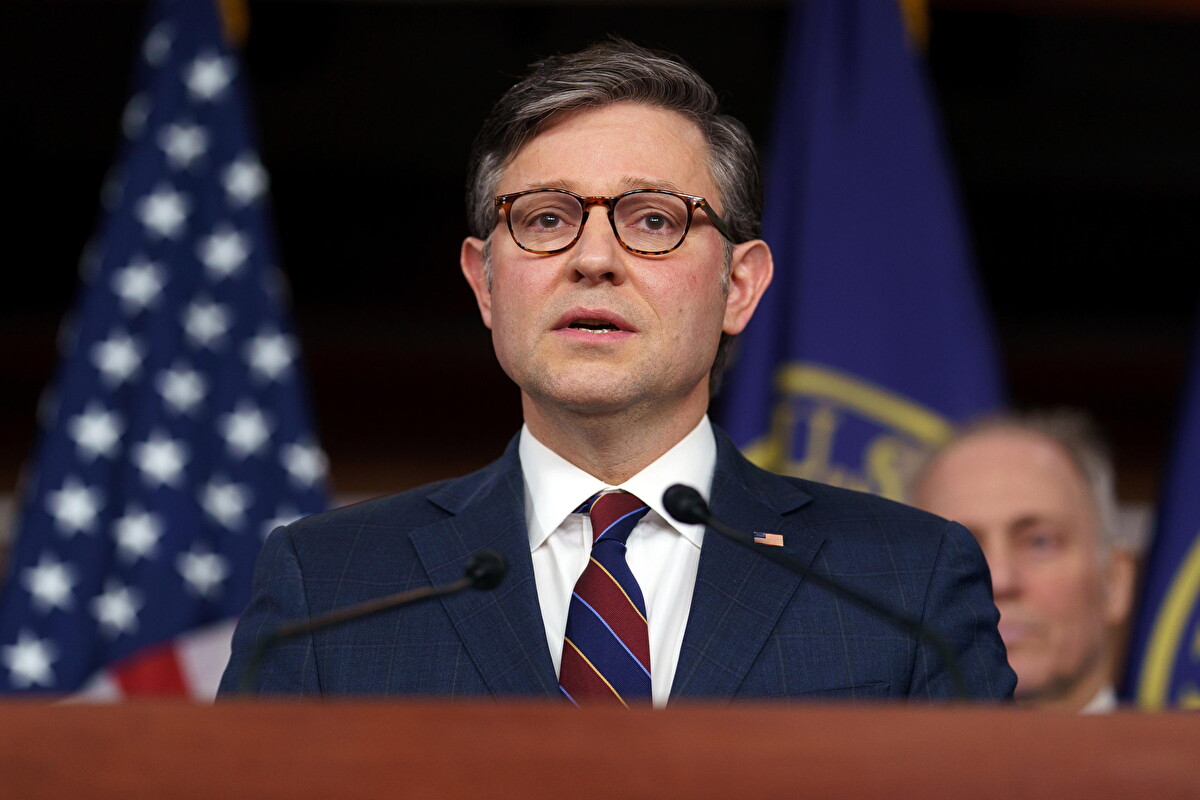Anyone familiar with New York City’s public school system, is also familiar with the huge and daunting task at hand as we decide when and how to reopen. For those with children who suffered through the lockdown and the consequences that ensued, the fears of returning to in-person teaching have become as great as the issues created by home schooling/ online learning.
As I write this article there are news breaks daily, the latest is that Mayor de Blasio announced that schools in NYC will open only if the city sustains a coronavirus test positivity rate below 3%. He is advocating a ‘blended learning model’ combining virtual lessons and classrooms 1-3 days a week with staggered schedules, minimizing exposure among the students. But City Hall will not announce plans for ‘individual schools’ until mid-August. It is Governor Cuomo’s promise “not to use children as guinea pigs” echoing loudly to an audience of highly concerned parents. At the same time, we learn that sadly, the first US school districts reopening in Indiana report that within hours they needed to quarantine. Not a very optimistic picture.

I’ve witnessed the problems firsthand, as I have two grandchildren who have been greatly affected. From what I’ve learned, there does not appear to be a single solution, albeit several sound more reasonable. The fact remains that until a vaccine is in use, and it is mandated that all those who attend city schools be inoculated, the children remain at risk. Furthermore, there should be absolutely ‘no’ exceptions for religious fanatics!
Based on the completely opposing views of 2 leading spokespeople on the back-to-school dilemma, it appears once again to be politics versus safety.
Randi Weingarten, President of the American Federation of Teachers, addresses the herculean job of managing public school teachers. The ongoing question at hand is, “how to make up instructional time” during this four-month lapse in schooling. With fewer teachers willing to return, no money set aside for daily cleaning, nurses, guidance staff and a set budget in place of only $2300 per kid, school will not be an option without additional funding. Weingarten remains sincere in her obligation to the safety and well- being of the city’s children. Teachers are opting not to go back, and at the moment, the only silver lining is a greater appreciation for the role of educators, with school being the center of the community.
This differing opinion on whether to return to in-person schooling or not has become a polarizing dilemma representing 127 million teachers – most of them very anxious at this moment. The general consensus across the country as of the end of June, was a 76% comfort level in returning. However, less than one month later, the real issues of masks, spacing, resources to reopen and the need to ensure that the virus is tackled with a less than 3% infection rate, has made the case for opening in September a fantasy.
Weingarten goes on to give the government a rating of ‘F’ in handling the pandemic, with a total lack of consistency and transparency equaling a failure of trust. Trump’s audacity in shirking the seriousness of the pandemic by downplaying its devastation, will hopefully go down as his ruination. From the start his conspiratorial thinking has become his most outstanding feature.

On the flip side of reality stands Betsy DeVos, the US Secretary of Education, who skirts this monumental issue and devolves the power to the local level. And incidentally, continues to chant ‘they should all go back’ as if one size fits all! In last week’s NY Times Op-Ed, Jessica Calarco wonders “‘why the Secretary of Education would put public schools in this situation. DeVos is, in effect, promoting a new form of school choice. If your child’s school cannot open safely, you need to find one that can – probably a private or charter school; or keep your child at home. Clearly, families with more resources and more flexibility will be the ones most able to keep their children out of unsafe schools. The results will likely be an increase of inequality in education. Low income families are not the only ones struggling with at-home learning. Research suggests that working parents, specifically working mothers, are also facing difficulties. Families without stay-at-home parents will be less able to keep their children home in the Fall, even if that means exposing the child – and the family – to the possibility of infection.” The DeVos mentality is clearly stuck into a “let them eat (cup) cakes” mode. She is ranting!
The city’s public school system has become a central and pivotal point of concern for others like myself regarding children or grandchildren affected by this overwhelming situation. My 14-year-old grandson will be entering high school at the Baccalaureate School for Global Education in Astoria, and my 9 year-old granddaughter will be entering the fifth grade at PS 196 in Forest Hills. When I recently asked how they felt about home schooling, my granddaughter found that aside from being able to snack at intervals during the day, there were few positives to virtual learning. She expressed great regret about the lack of socialization, missing her friends, but mostly that at the end of the 4th grade, all she received was a ‘pass’ indicating that she had satisfactorily completed her studies. Her grades are an important element of her schooling and the lack of recognition made her sad.

My grandson, an honor student, expressed great concern for the plight of teachers, and the need for social distancing in a school that he describes as having narrow hallways, with little space to adhere to the rules set in place. He felt that the teachers were the ones at greatest risk, and feared that some could be more susceptible in catching the virus. What impressed me the most is how he adhered to a strict format last semester, when he informed me that he awoke at his normal time, showered and dressed (as if he were going to school) and then worked from his laptop. His discipline and determination not to allow this ‘new form of learning’ to become a distraction was admirable.
I am not sure that these children are typical examples, so I called on my cousin for the advice and opinion of her 18-year-old son, who has just graduated from Birch Wathen-Lenox School, and will be entering Purdue in the Fall. Sam O’Hara highlights the social aspects, as he states that “everything centers around the school building and not being able to attend, really takes a toll. Not to mention this is the time when every generation before us had the prom and graduation ceremonies and parties. He goes on to say, “online school feels almost like a ‘skeleton’ of what school should be. We get the bare-bones curriculum but without any of the physical reinforcement. Learning online, without classroom activities, makes it much harder to remember and ingrain certain skills; especially for older students, because our classes are cumulative. If we don’t have math, for example, down to muscle memory, then it will hurt going forward.”
From my perspective, regarding de Blasio’s plan to reopen, I too believe that split sessions, with students attending staggered schedules several times a week, would enable social distancing more easily. Although a far cry from school days of yore, an improvement over the last semester of the 2020 school year.
If only we could learn from the overwhelming signals and messages offered by scientific data, perhaps we would become more aware and more demanding that the prognostications made by medical experts be adhered to, and not brushed aside by the arrogance and ignorance of people elected to lead us. This is the least we could do for future generations.
And finally, my hope is that on November 3rd, this dirty slate will be erased and cleaned, and this (political) history will never be repeated.












